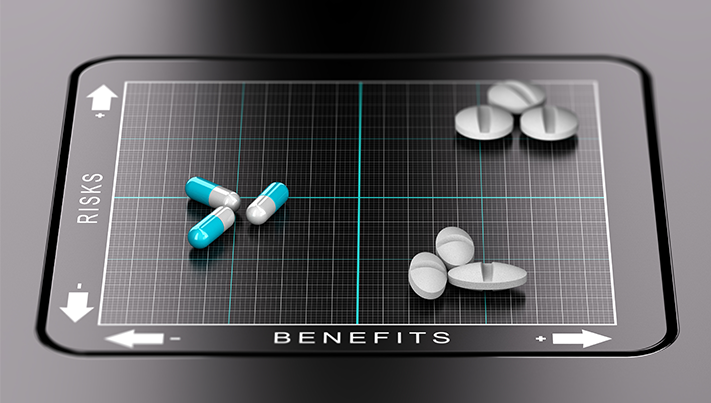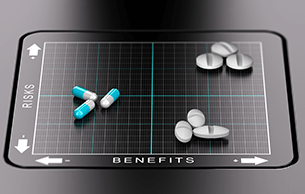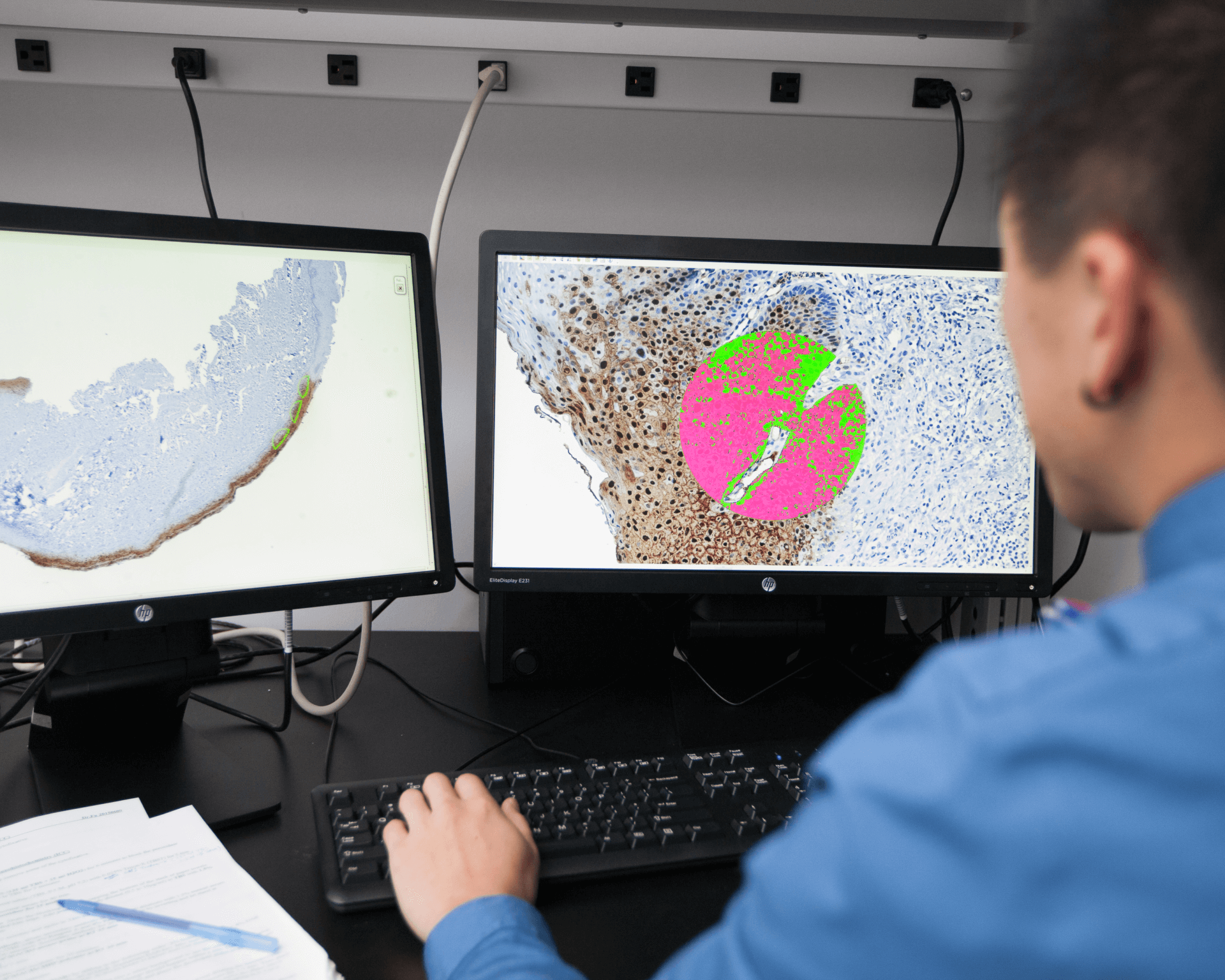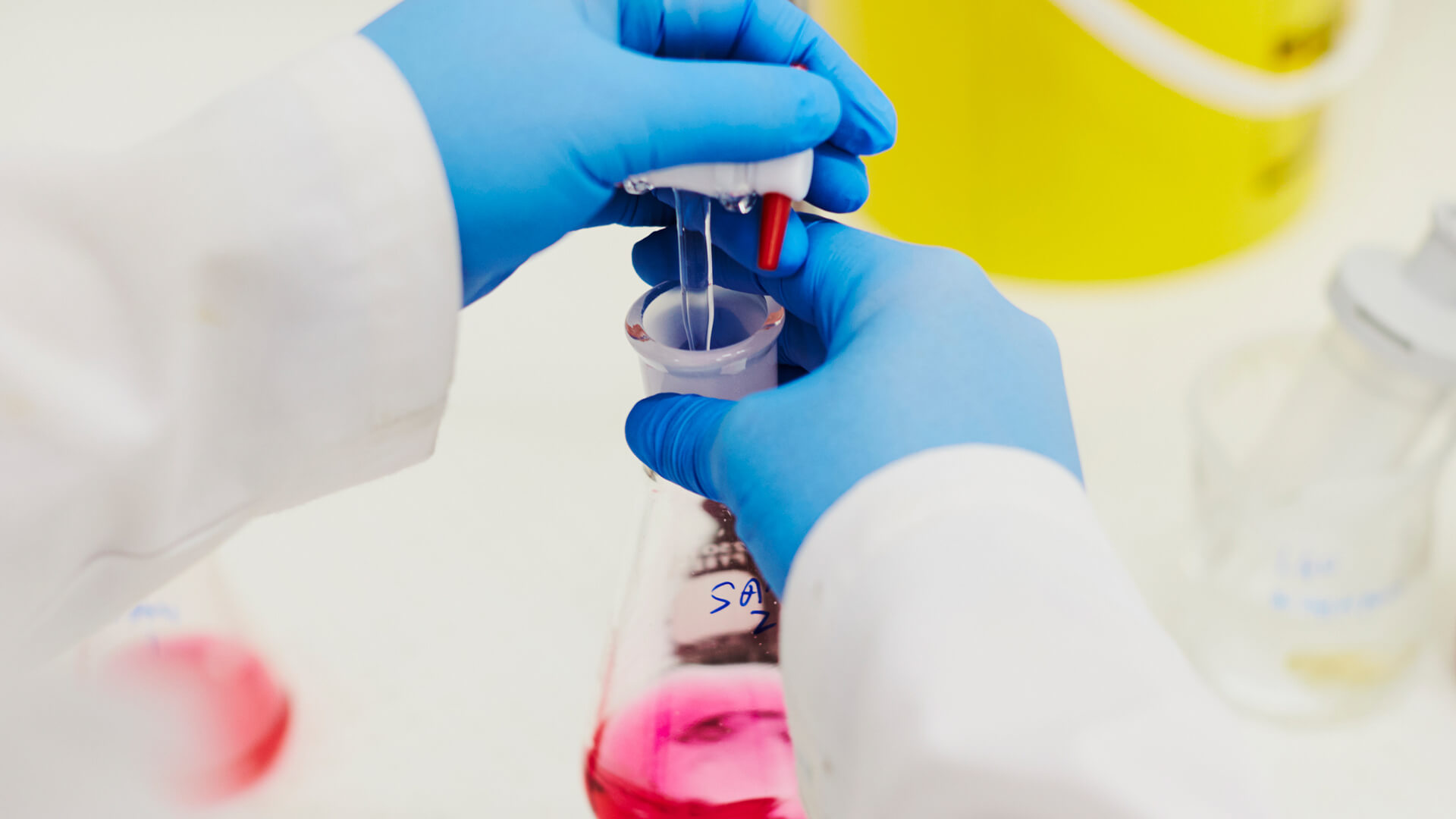by Dr Andrew Rut, CEO, MyMeds&Me: provider of Reportum

Worldwide sales for prescription drugs are forecast to hit US$1.06 trillion in 2022[1], increasing at an annual rate of 6.5% from 2018 and responding to the healthcare needs of a growing and aging global population. The cost of developing a medicine that achieves marketing approval however remains extraordinarily high and is estimated to cost Pharma $2.6 billion for each new drug that reaches the shelves[2] – costs which are ultimately passed on to the patient. The complex and time-intensive nature of clinical trials is a significant contributor to these costs and Pharma has long been seeking new ways to improve the process and reduce its expenditure. Fortunately, pioneering technology in the form of Artificial Intelligence (AI), wearable, and cloud-based technology is proving to be a catalyst for the transformation of clinical trials, speeding up drug development and helping to drive better outcomes for patients.
Better match-making
While finding the right participants is key for the success of any clinical trial, recruitment has historically been one of its most significant challenges. Researchers working on specialised clinical trials, which require participants with rare conditions, often struggle to identify and recruit from an incredibly limited pool of potential candidates. Conversely, when trialing for more common conditions where there are thousands of willing participants, it is costly and very time-consuming for the research team to try to identify those who will be most suitable. Those running studies also have to actively avoid ‘career’ patients who may have already participated in related trials thus mandating exclusion from a current programme. An FDA report has indicated that as many as 20 per cent of cancer clinical trials fail because of inadequate patient recruitment[3] a figure which is reflected across the industry[4] .
The recent emergence of Artificial Intelligence (AI) within the clinical trial recruitment process has been transformative. Programmes harnessing AI and Machine Learning have been created to utilise and analyse at speed vast clinical trial databases in order to make smarter matches, as well as save time, cut costs and increase efficiency. AI can achieve in minutes something that could take researchers using traditional recruitment methods months to achieve.
The Mayo Clinic in Minnesota for example has been using IBM Watson Health’s Watson for Clinical Trial Matching for three years. An AI computing system which matches patients to appropriate clinical trials, in its first year it delivered an 80 per cent increase in enrollment to the clinic’s breast cancer clinical trial[5]. While AI has its limitations, and is still very much in its infancy, it is now estimated that it could help create up to $13 billion in benefits by 2026 in terms of clinical trial participant identification alone.[6]
Patient Centric Outcomes
One of the most notable areas of recent transformation within the clinical trial process is patient monitoring. The proliferation of mobile technology, including smart phones and tablets into our daily lives has meant that it is now possible for researchers to collect patient data more easily through the use of apps and wearables.
Wearable devices offer researchers the opportunity to collect richer data and insights closer to the source ‘ the patient – enhancing their understanding of the effects of treatment within the trial. The aim is to get much more live data, enabling clinicians to understand quickly the impact of interventions.
Yet while the potential of this new data source is huge, it comes with significant challenges for researchers. Healthcare data are now estimated to make up 30 per cent of the world’s daily data production, but it is validity, not sheer volume that is key. With no regulation monitoring the wearable devices that claim to provide actionable health data, it is very difficult to be sure whether the information provided is a true reflection of reality and that the trackers or ‘diagnostic tools’ are providing outputs that are valid.
The objective is for researchers and clinicians to be able to make informed decisions based on the data provided, but if the devices are flawed in their intake of cardiac rhythm data, for example, this can lead to erroneous judgments and inappropriate treatments. Wearable devices can also struggle to address the question of correlation versus causality. The collection of medical data may tell a practitioner that walking 10,000 steps a day leads to weight loss, for example but tells us nothing about that person’s diet, metabolism or other confounders.
To be truly confident about the value of wearable data, regulatory bodies should review the devices providing this data for accuracy. Furthermore, those who collect, aggregate and analyse the data must also be prepared to contextualise the data and ensure that simple confounders are eliminated. Until these steps have been introduced, researchers and those conducting clinical trials must proceed with caution
Improved adherence
Patient adherence is vital for researchers to gauge an accurate understanding of how the prescribed drug is performing throughout the whole course of the treatment. However, non-adherence in clinical trials is an on-going challenge for Pharma; approximately 40% of patients become non-adherent to investigational medical product (IMP) and the study protocol after 150 days in a clinical trial.[7] This is not only dangerous for patients but it also causes data variability, affecting the integrity of the trial itself.
Technology is helping to change this. Apps have emerged that can remind patients to take their medication and facial recognition technology can record videos of patients taking their prescriptions. Otsuka Pharmaceuticals and Proteus’ have already developed a digital pill, Abilify MyCite, which tracks whether patients have taken their medication[8?]. Abilify MyCite (aripiprazole) is a tablet formulation embedded with an ingestible Proteus’ sensor that communicates with a wearable sensor patch to measure adherence in the treatment of adults with major psychotic disorders.
This technology will be particularly important for those patients suffering from schizophrenia; a 2016 study found that mean rates of treatment adherence were around 42% for schizophrenia patients.[9] Given the potentially serious consequences of non-adherence amongst particularly vulnerable patient groups such as this, clearly this new technology has the potential to improve clinical trial data as well as enhance patient safety and wellbeing.
Enhanced data capture
Technology is also transforming post-market safety surveillance and pharmacovigilance. Cloud-based platforms such as Reportum’, which capture adverse event data, are improving the speed, efficiency and quality of data captured in clinical programmes. SaaS solutions such as this enable patients to provide relevant event information in real-time in a standardized digital form. Data is auto-encoded and transferred rapidly and directly into databases maintained by pharmaceutical companies ensuring it is processed in accordance with pharmacovigilance and privacy legislation. Removing the intermediate steps required by paper-based reports ensures the data quality is high, consistent and ready for analysis. For international studies, Reportum is available in multiple languages and the mobile version can be used both online and offline by operatives in the field. Through its integration with various AI engines, the entire pharmacovigilance process can be streamlined while simultaneously addressing the key requirements of data quality, process compliance and improved utilisation of valuable resources.
Understandably, given its proven benefits, Big Pharma has been investing heavily in new technologies to aid drug development [10] and it’s clear that the clinical trials of the future will involve a greater reliance on smart technologies, benefitting Pharma, but most importantly the patient too.

Dr Andrew Rut, CEO, MyMeds&Me: provider of Reportum

















